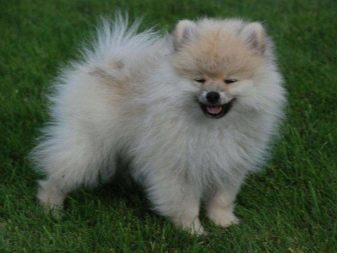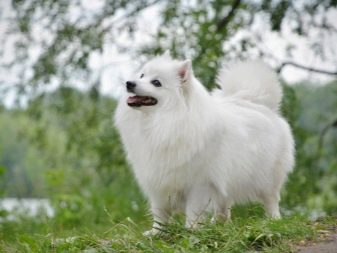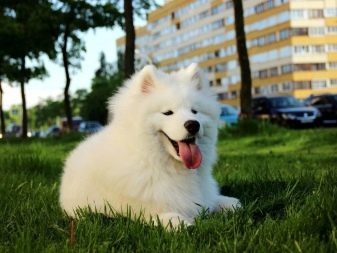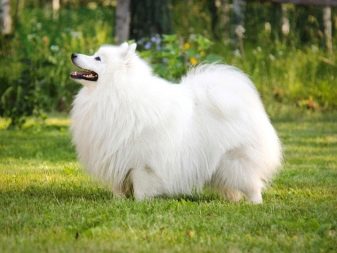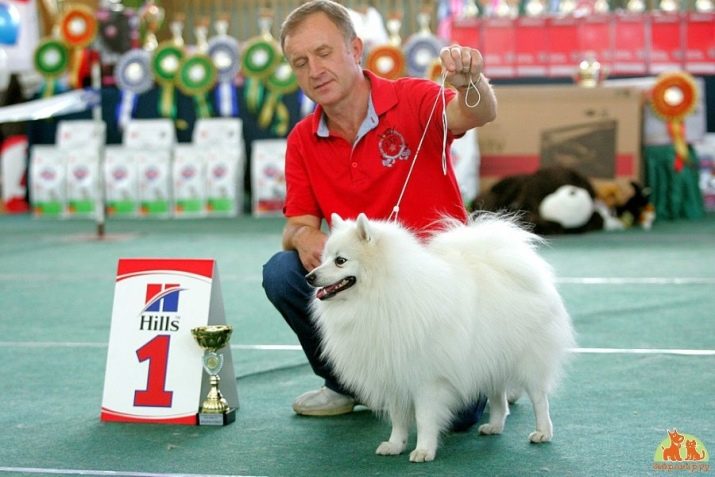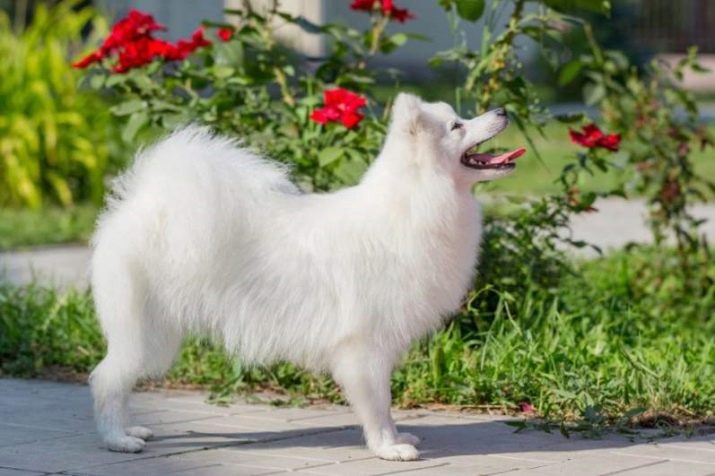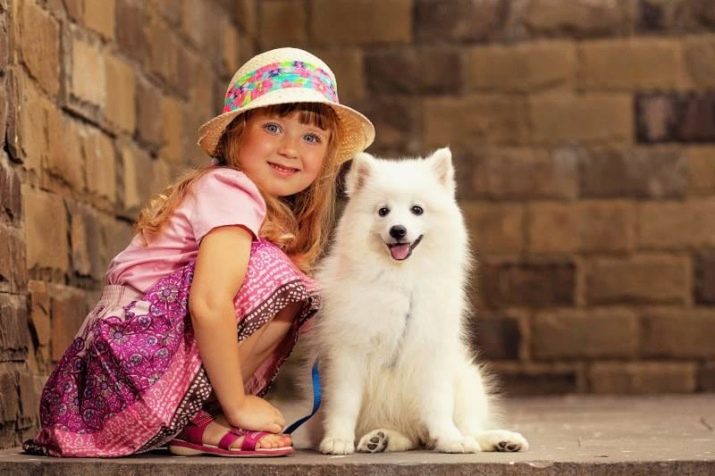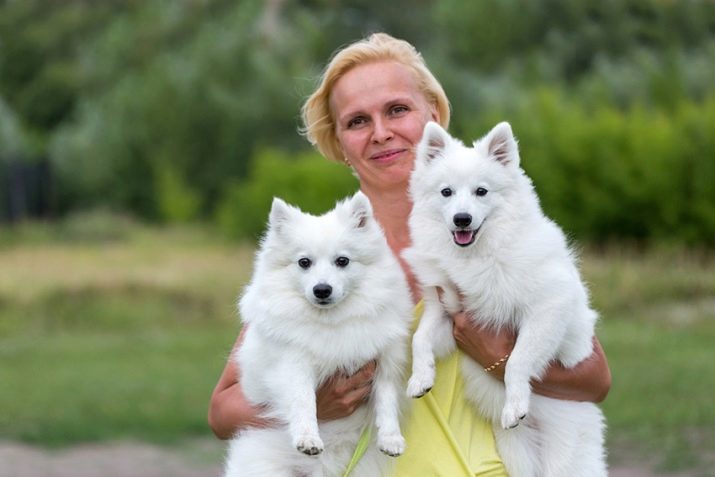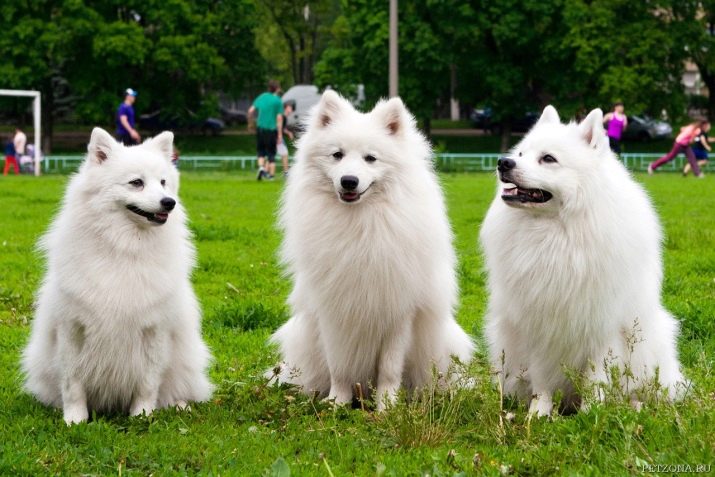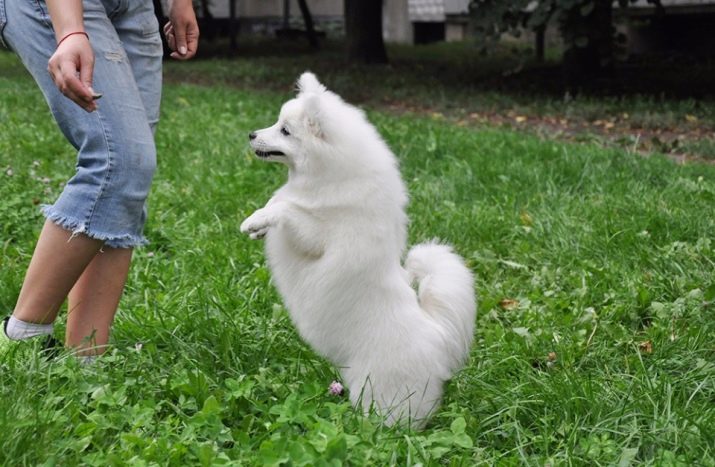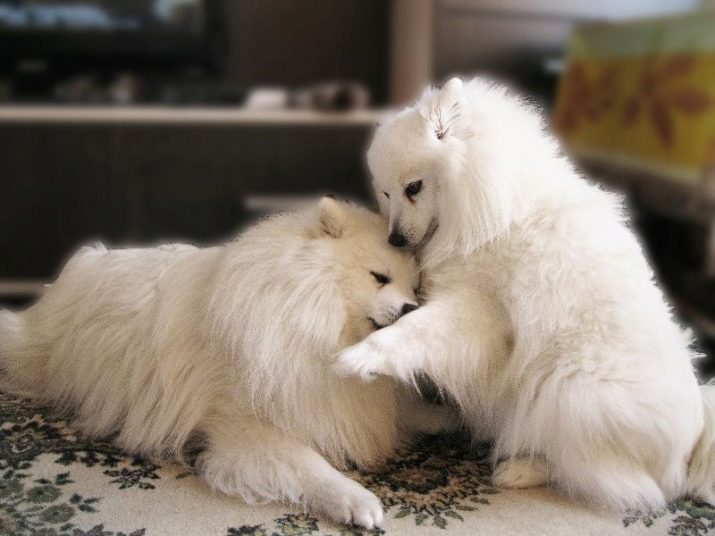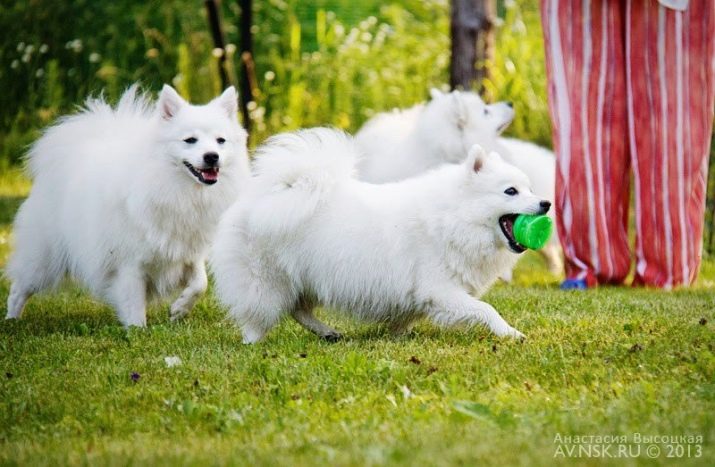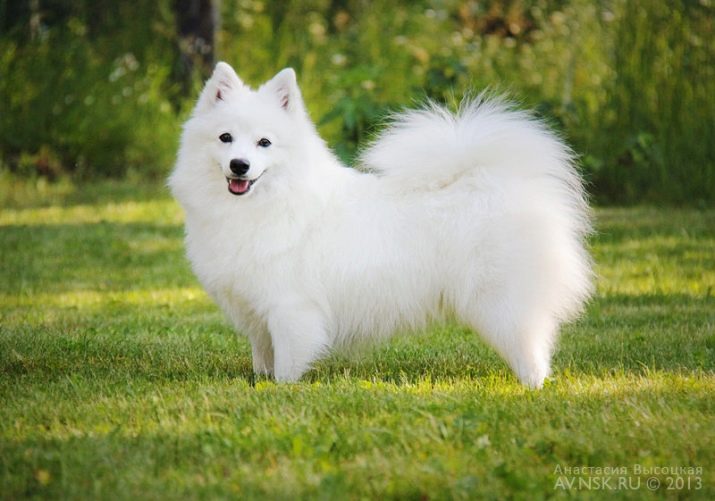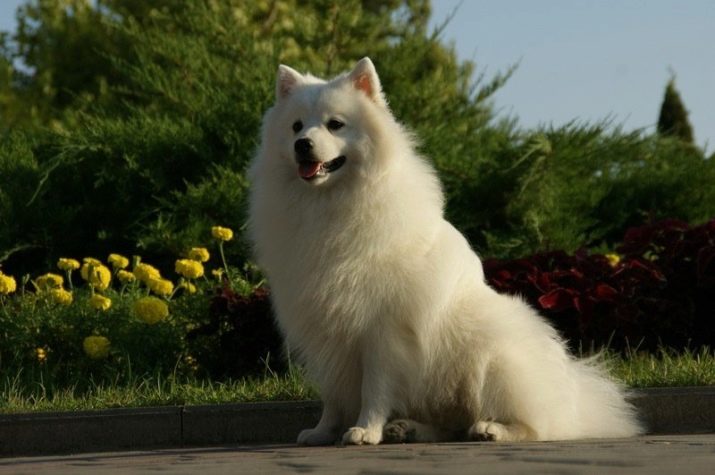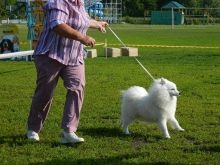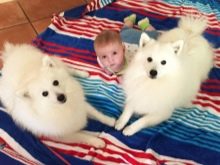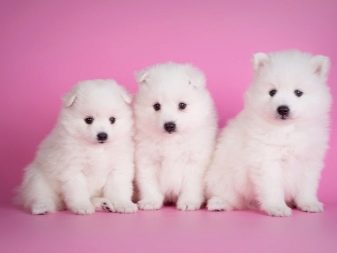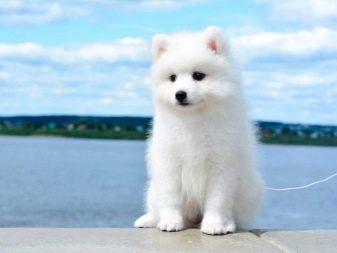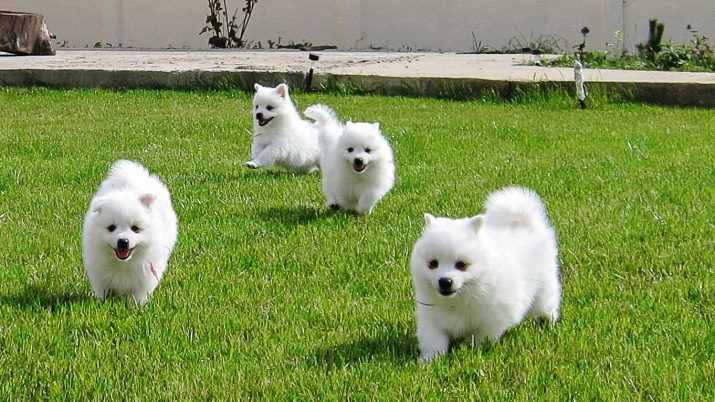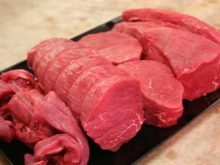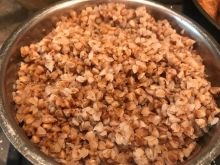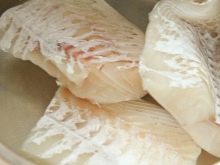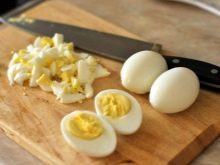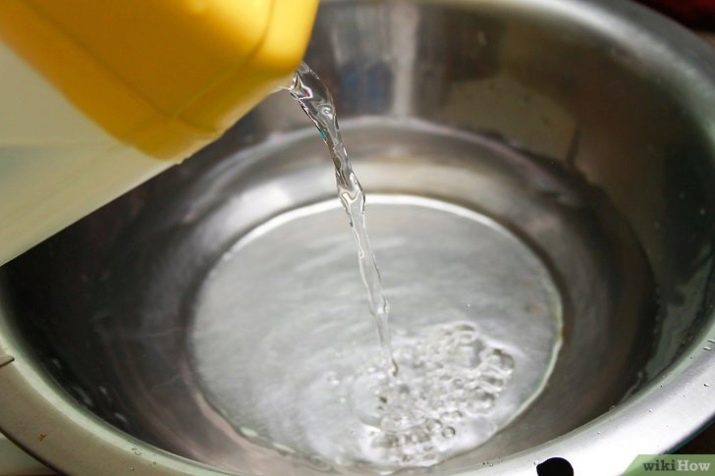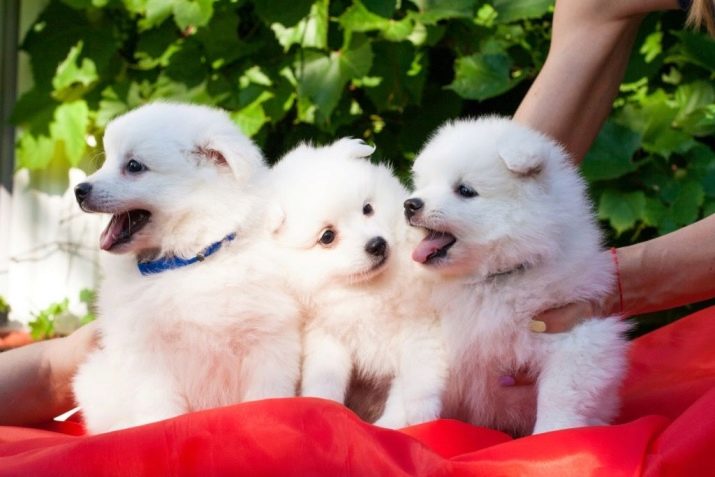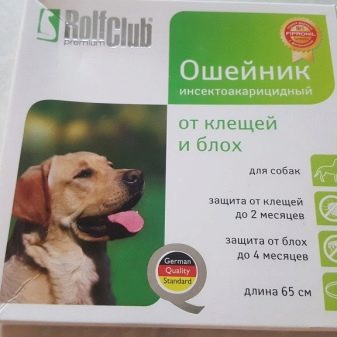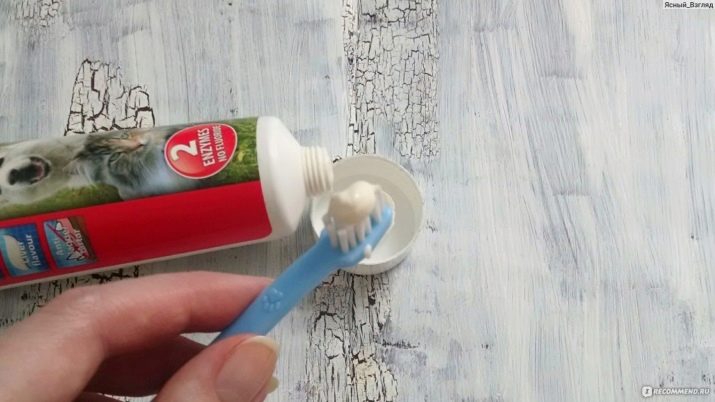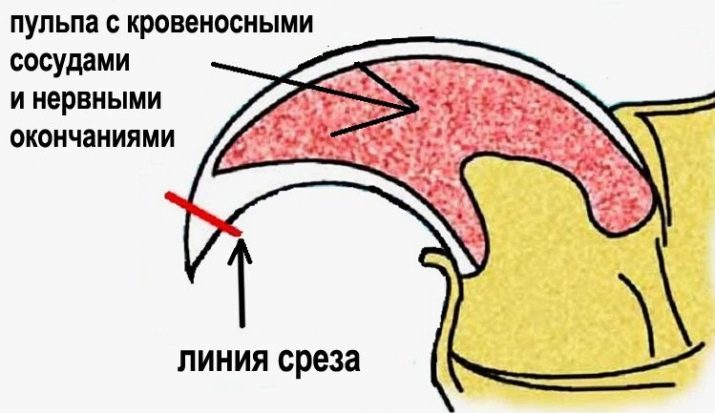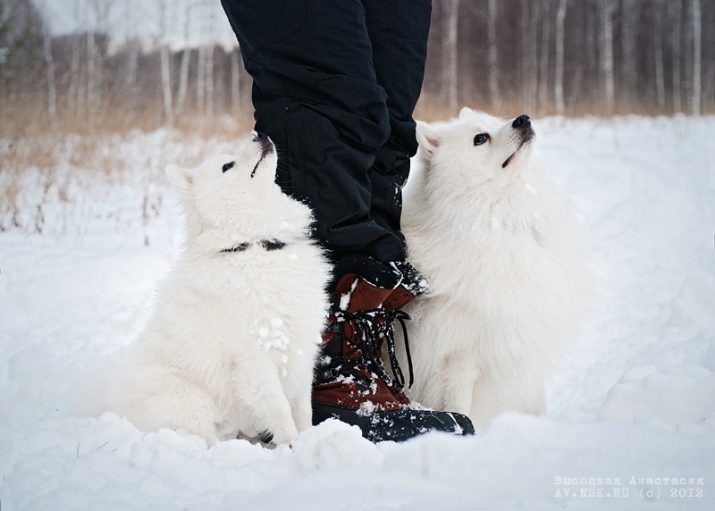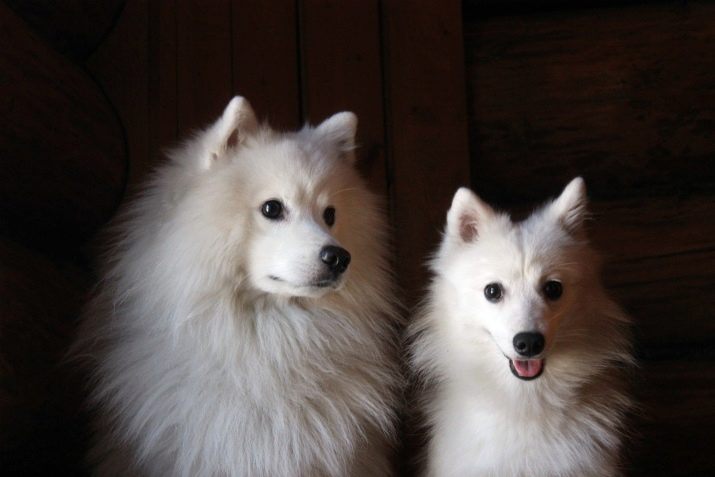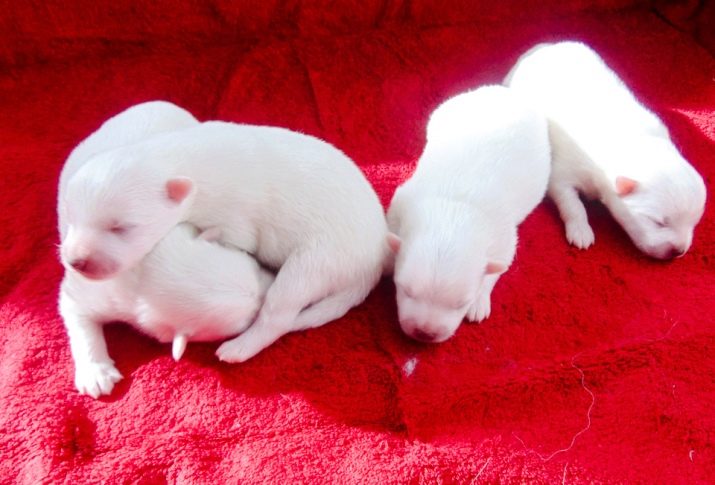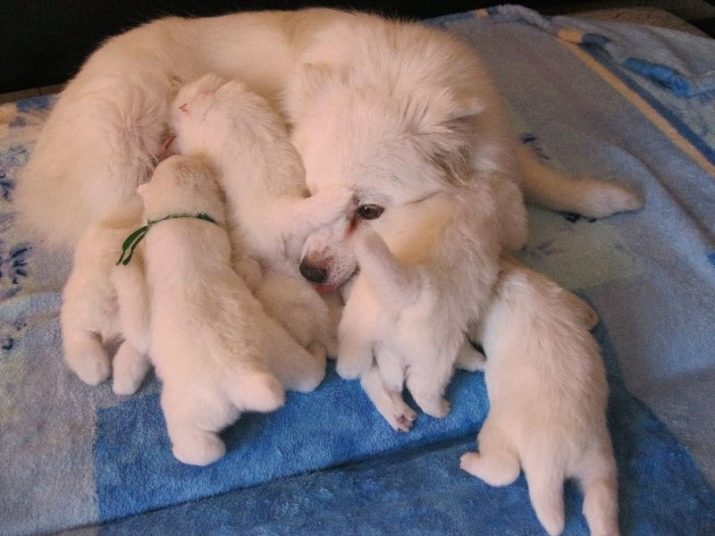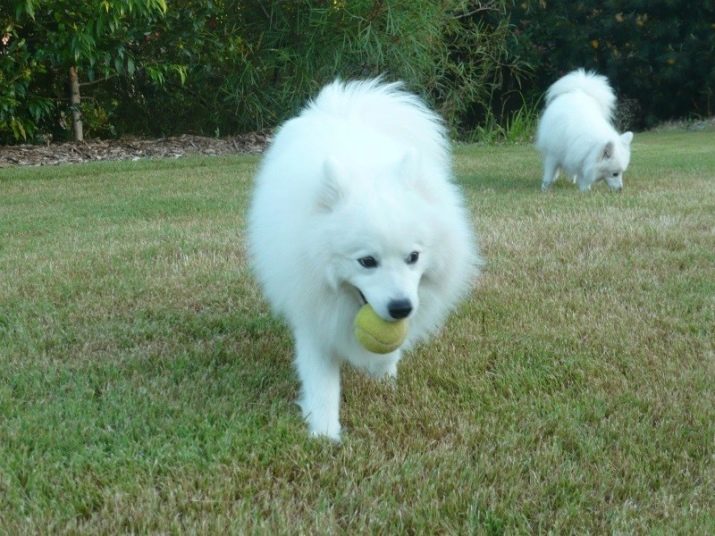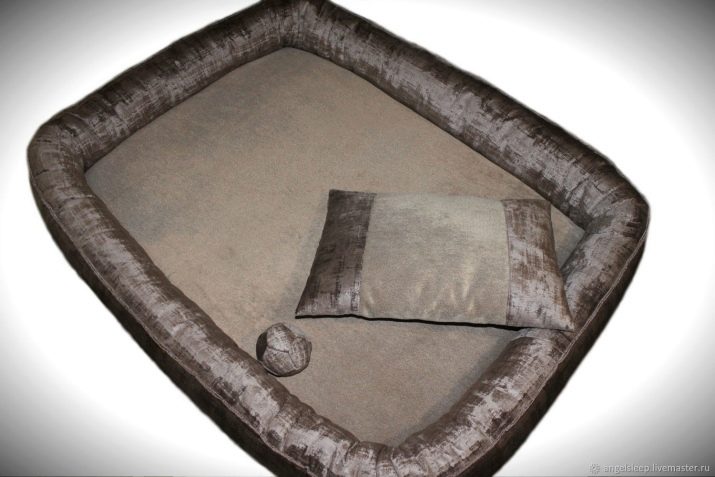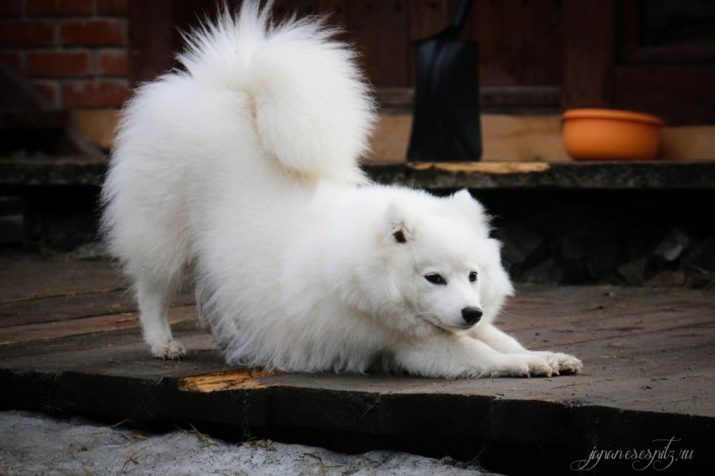Like the German Spitz, the Japanese variety of this breed has a no less rich history. White dogs stand out for their peculiarities of character, behavior and features of the exterior.
Breed history
According to the cynological community, the Japanese spitz came from the Samoyed Laika breed. This theory, unfortunately, cannot be proved, as well as refuted, due to the fact that northern dogs are relatives of modern dog species.
It is officially considered that Japanese spitz was bred in Japan, which is why it got its name. The time of birth of the breed is considered to be the interval between 1920 and 1930. During this period, German dwarf Spitz were brought to Japan. They became the progenitors of the Japanese subspecies of this breed.
In 1921, an animal exhibition was held in Tokyo at which the public was able to witness German Spitz brought from Europe. The animals immediately won the sympathy of the people, so the local breeders decided to breed a similar breed.
During the long selection, the Japanese managed to get a new breed of dogs. Snow-white dogs received their recognition from the canine federation only in 1964. A dozen years later, the breed was recognized as a dog breeding club in the UK.
From this year began the spread of Japanese Spitz around the world. Today, this breed does not want to recognize canine only one country - the United States. In their opinion, the Japanese dog looks very similar to Eskimo dogs.
Description
The Japanese spitz differs from the classic look in a complete set of a body and a muzzle structure. It immediately looks through the eastern influence.
The animal is small, with thick snow-white coat, pointed muzzle, like a "fox", ears set high, triangular in shape, the tail is rolled into a ring.
More on the exterior of the breed.
- Head. The size of the muzzle is medium, the bones of the occiput are broad, as are the frontals. The transition in the forehead to the crown area is pronounced. The area of the nose is neat, elongated, the tip is painted black. The eyes are dark brown, almond-shaped, surrounded by black eyelids. Look straight, curious. Jaws are medium, well developed canines. Scissor bite. Lips tight to the mouth, without drooping. The surface of the lips is black.
- Body. The format of the trunk is square. The body is harmoniously built, the backbone is developed. Under the hair well-developed muscles can be traced. The cervical region is medium in length and wide. Body and limb sizes are proportional. The back is flat, without deflection. Thoracic oval, ribs divorced. Belly tucked up, not sunken. The skin is elastic, does not form folds. Females are feminine, graceful, elongated. Males, on the contrary, stocky, densely formed.
- Limbs. Paws straight, set in parallel. The shoulder together with the shoulder blade form an even angle, the elbows are not turned out. The thigh is wide, strong. The step is fast, measured. The hands of the paws are rounded, the fingers fit snugly together, the nail plate is black, as are the paw pads.
- Tail. Highly set over his back, saber-shaped, which allows him to fit into the ring.
- Wool. Dogs have a thick undercoat with long, light hairs. On the chest hair forms a lush collar. Bows in the shoulder area, the sternum is long, on the face and the front zone of the legs the hair is shortened. The tail is voluminous, with a fringe.
The life span of Japanese Spitz on average is 13 years. Under the rules of care and maintenance, the life of a pet may be longer.
Japanese spitz differ ingenuity, easy to train, can serve as a companion dog or act as a watchman. A good temper helps the dog to easily adapt to people, small children. The price of a dog of this breed ranges from 25 to 60 thousand rubles.
Character
The breed is friendly, cheerful. The animal quickly goes on contact, easily gets used to the owner and his family, without showing any signs of aggression. Spitz dogs love children, treat babies well, but they will not become a babysitter.
The main feature of dogs is silence. Unlike mini-spitz, the pet does not give voice to the right and left, the dog practically does not bark. Because of the silence of the dog, some owners start to think that the pet has health problems, but it is not. The Japanese give voice only in case of alarm, danger, fear. The rest of the time, they may whimper or snuffle or snort.
Japanese spitz are constantly in motion, showing activity anywhere. They prefer the boredom of the game. A pet needs to buy a variety of toys, and the owner must pay more time to walk with the animal.
Spitz is happy to share a morning run in the park. The dog is good at contact with representatives of other breeds or with other animals. Lack of hunting instincts allows her not to chase cats, squirrels, small rodents.
Oriental dogs will not tolerate dirt, these dogs are extremely clean. They cannot live in cluttered rooms.
The mind and docile nature of the animal allows him to quickly memorize commands, perform various tricks. Dogs will not wake up their owners in the morning or beg for a treat when they are not allowed.
They are devoted to their owners, show a feeling of tenderness, require caress, but are not annoying. Japanese Spitz is great for families with children, phlegmatic or melancholic.
Color
The color of this breed can be only one - white. The presence of colored spots, specks, marks or other signs on the dog's white coat is considered defects. If the seller offers you under the guise of Japanese Spitz animals with a red, black or gray fur coat, you know - this is a hoax.
In this case, all the mucous membranes, as well as the paw pads of the dog, should be painted black.
Height and weight
Males at the withers reach 40 cm, females are not above 35 cm. The weight of an adult dog is 10 kg, females - up to 7 kg.
If you buy an adult individual to a height of 30 cm or less than the standard specified in the Japanese breed, then you sell a regular Pomeranian spitz or a sick animal.
Animals look very similar, so you should always be guided by signs of the exterior of the dog. It is also advisable to study the pedigree of the dog.
Advantages and disadvantages
By the positive qualities of the animal can be attributed character. A good-natured temper, a balanced psyche of the animal and a sharp mind allow the dog to easily win friends. The lack of hunting instincts and aggression makes this breed a companion. The dog is cheerful, playful, requires long walks, but they pass in a positive way. These dogs practically do not bark, behave like aristocrats and do not give a voice to everything they see. In a house with young children this will be a big plus. The dog's mind and character help the pet to easily learn the commands, without causing negative points during the training.
The disadvantages in the first place is the cost of the puppy. This breed is not cheap, purebred individuals cost an average of 60 thousand rubles. Like all breeds of decorative dogs, the Japanese have hereditary diseases associated with vision or the digestive system. There are also acquired illnesses.If you take care of your pet and periodically visit the vet, then the risks of sores can be reduced to almost zero.
In the process of molting, the dog sheds a lot of wool, so this breed is absolutely not suitable for people who suffer from allergies and those who do not like to find wool on their clothes and in the corners of the room.
How to choose a puppy?
Purebred puppies begin to wean from their mother at the age of 2 months. At this age, the pet is already showing external signs of the breed and a character has been formed.
When buying a dog you need to inspect the documents attached to the animal. They should be painted pedigree dogs, puppy metrics. It is also recommended to independently inspect the dog's parents. A veterinary passport is attached to the baby, which should contain all the necessary marks about vaccinations.
It is advisable to observe the behavior of the baby and the conditions of his content. The room should be clean, baby - active, its mucous membranes without dirt, discharge. A puppy should have a good appetite.
The low cost of a puppy may indicate deception of the buyer. Purebred representatives of the breed can not cost less than 25 thousand rubles, as they are in demand in Russia and rare.
It is recommended that babies or adults be acquired in special nurseries or from breeders with good reviews and full documentation.
Feeding
Most owners of Japanese Spitz are inclined to believe that feed dogs is only feed not below premium, if you can not provide him with a full balanced menu of natural food. For Spitz are suitable feed class holistic, super premium, premium. These mixtures are enriched with minerals, vitamins, their composition is perfectly balanced.
The diet is selected based on the following factors: the age and size of the dog, the health of the pet. Proper nutrition affects the quality of the animal's coat, its stools, activity, the purity of the mucous membranes, mood.
If you decide to feed the Japanese Spitz with natural food, then you need to create a balanced menu, which includes the following items.
- Meat - beef, poultry, offal. 25 grams per kilogram of adult weight.
- Cereals - rice or buckwheat. Served boiled without salt, seasonings, spices or other additives.
- Vegetables. They need to give a pet every day little by little.
Food is served chopped into medium pieces so that the dog can easily experience them. Once or twice a week, it is permissible to replace the meat products of boiled fish cleared from the bones of the sea, treat the dog with boiled eggs of chicken, quail, give a little cottage cheese, kefir.
An important factor in pet feeding is access to clean drinking water. Water is replaced every day or every half day; it is advisable to keep a bowl away from the feeding area in order to keep the liquid clean. There may be several water tanks, you can arrange them throughout the apartment in the places where the pet most often lives.
An important role is played by the dog's diet. Puppies consume food up to 4 times a day, adult dogs eat 2 times a day. Feeding should take place at the same time. It is forbidden to arrange snacks for meals between meals. Such actions can lead to the fact that the animal begins to abandon compliance with the regime and from the normal food.
It is necessary to closely monitor the reaction of the dog to food, as the breed is prone to manifestations of allergic reactions. It is forbidden to give the dog smoked products, as well as fatty, pickled or spicy foods. You can not feed her sweets, flour products, hard meat.
Care
Care for Japanese spitz is easy. Attention should be paid to the state of animal fur, clean eyes, ears, teeth.
Despite the fact that the dog itself is clean, it still requires periodic water treatments with it. A full bathing of a dog is held once every two months or before an exhibition.
Water should be warm, so that the animal was comfortable in it. For cleansing thick hair, special shampoos are used, designed for long-haired breeds of dogs. You can also use tinted shampoos to maintain the whiteness of the coat.
Aggressive or alkaline agents can ruin the quality of a pet's coat.
After the bath, the wool is squeezed out, the animal is wrapped in a dry terry towel to remove excess moisture. If the dog is accustomed to a hairdryer, the wool can be dried with it. In another case, it is better to leave the pet to dry naturally.
The room in which the spitz is located must be warm, without drafts.
Next, you should proceed to combing. For this procedure you should use a massage brush. Wool combed in different directions. During the period of molting, bathing is not recommended, so that mats do not form, it is better to use a furminator or puhoder instead of water procedures.
Every time after a walk or once a week when the apartment is kept, the ears and eyes of the animal are treated. With the help of a cotton pad moistened in a special lotion, the area around the eyes is treated. Ears should be cleaned with a cotton swab, being careful not to direct it deep into the ear. After a walk in nature, it is recommended to inspect the dog for ticks, if a special collar has not been used.
All care products are purchased in veterinary pharmacies.
Japanese Spitz should be taught to brush your teeth from an early age. Cleaning takes place with a special toothbrush that is put on the finger. It uses tooth powder or paste for dogs and cats. Cleaning the surface of the teeth is recommended twice a month or once a week, depending on what kind of food the dog eats. It is also recommended to periodically visit the vet-dentist.
The dog’s claws, if it walks every day on the street where the surface is paved with stones or asphalt, do not need to be shortened. In other cases, for the convenience of a pet, it is necessary to make their haircut once a month using a kogterezki. The procedure should be carried out carefully, since the black color of the plate can make it difficult to see the capillary channels that cannot be damaged. If you do not want to do this procedure yourself, the animal should be taken to the vet.
As a rule, the Japanese spitz does not require regular cutting. This procedure is carried out before participating in competitions, exhibitions. For grooming, special round-shaped scissors are used to make it easier to process the paw area and in the area between the pads. This helps not to stick dirt or other debris on the pet's paws. Haircut in the anal zone helps to keep clean under the tail. Grooming allows you to give a beautiful silhouette to the body of the animal, its face, legs. Shorn dog looks particularly impressive against the background of his usual fellow.
The animal needs everyday walks. Duration of one walking should not be less than half an hour. Breed requires the purchase of additional toys, which will be occupied by a dog while in the apartment.
Breeding
Only healthy animals are allowed to mate. It is better to bring the female to a dog on the 11th or 15th day of estrus and not earlier than in the second year of life. Males also should not be younger than two years. Before this, the animals walk well, but do not feed. Acquaintance of the pair occurs on the territory of the male If the act of love happened while dating, do not interfere in this situation. The male can stay on the female or sit on her backside. Do not try to separate the animals. Even if the female wants to escape, it is recommended to gently hold the pet and save the animals from fear and stress.
If the crossover has not happened and the dog has lost interest in his lady, then it is recommended to repeat the meeting of the couple after a day or two.
Pregnancy passes mostly without complications. Duration puppies is 58-64 days. The first visible signs of pregnancy begin on day 35. Throughout this period, the animal needs increased care, better feeding, longer walks. Walking with a female is also necessary on her first request.
When the days of pregnancy are coming to an end, it is worth taking care of the preparation of the “delivery kit”.
It includes:
- clean rags or disposable large diapers;
- gauze napkins;
- recording materials (pen, notebook, measuring tape);
- container to collect the afterbirth;
- heated container or box with heating pad for puppies;
- preparations for sterilizing instruments;
- scissors, clips.
You may not need to use the delivery kit, since childbirth in most cases does not require human intervention. It is also recommended to get the number of the vet who can come to an emergency call. A doctor about childbirth should warn a couple of days.
The only thing that can help the pet is to do the cleaning of newborns from the afterbirth: remove mucus in the area of eyes, mouth, ears. After all the babies are clean, the puppies metric is conducted.
Health
Japanese spitz-dogs have good health, however, dogs are prone to the appearance of diseases of the digestive system (volvulus, ulcers), and sometimes have vision problems (cataracts). To reduce the risk of illnesses, the pet should be fed a balanced diet, regularly wipe eyes after a walk, especially in windy weather. An increase in servings or frequency of feeding can lead to obesity, problems with the gastrointestinal tract.
Upon reaching the elderly dogs acquire oncological diseases, hormonal failure is possible.
Training
In contrast to the Pomeranian Spitz, which, without training, become capricious and aggressive, the Japanese breed does not particularly require training, but it can still learn all the commands. Training should not be exhausting, training should be carried out in a game form, combining it with a walk.
It will take about 3 days to practice one spitz. Any team should work every day for no more than an hour. To train puppies is to start from 3 months of age, because at the age of 1 month the dogs are too small and do not understand what they want from them.
If the pet will sleep with the owner, he will quickly get used to his bed and abandon his place. Each dog must have its own couch.
Aggression or stupidity in the behavior of Japanese Spitz are practically not found, since such negative traits in the character of individuals were immediately rejected during breeding. If for some reason you have got an unbalanced dog, your pet should be taken to re-education to dog specialists. Professionals will be able to adjust the behavior of the animal.
Owner reviews
Feedback from owners of Japanese Spitz is mostly positive. The owners like the good nature of pets, their livability with other animals, small children. Lack of barking suits all family members and neighbors. Dogs do not bark in the morning or on people passing by, they behave extremely calmly, aristocratic. The animal does not offend the owner and his family.
For some, the increased activity of the dog is sometimes made a minus, but the problem is easily solved if there is a country house where the pet can be let out for a walk in the fenced area. It is better for a dog to get active young couples. Health problems they begin most often in old age. Feeding a pet does not cause any problems to anyone.
The rarity of the breed and the price sometimes do not allow to get a pet for everyone.In general, the Japanese spitz are suitable for urban and country life and are excellent companions.
In the next video, see the features of this dog breed.

